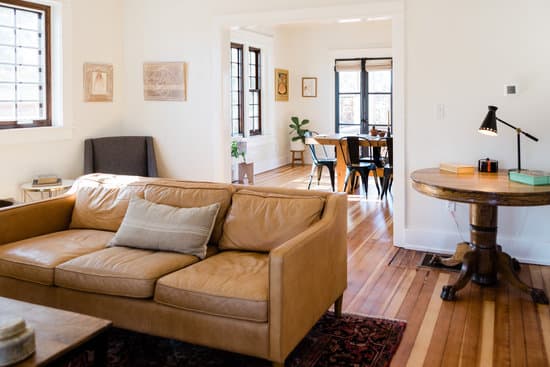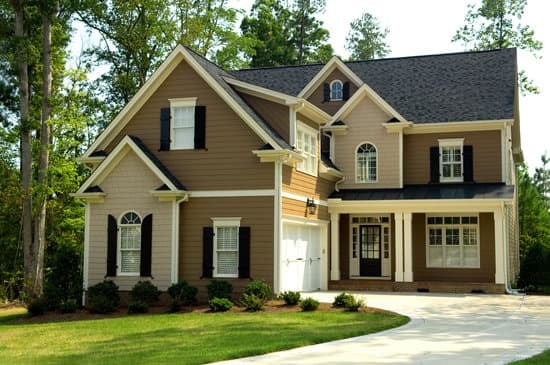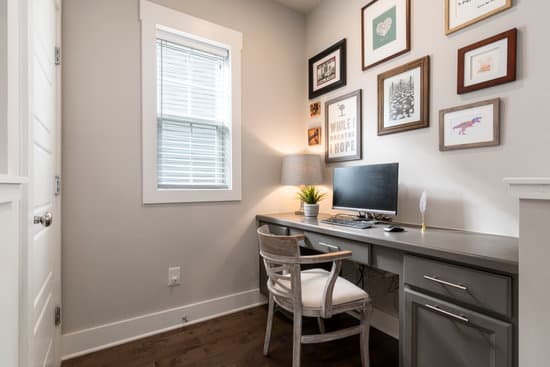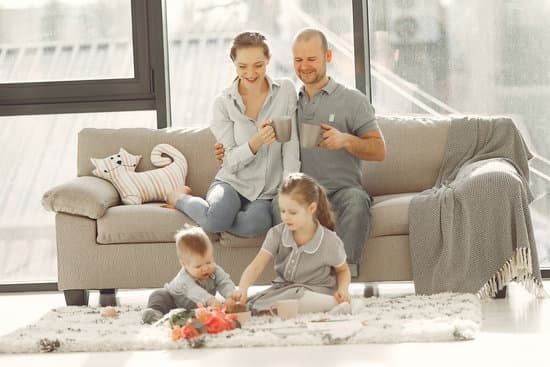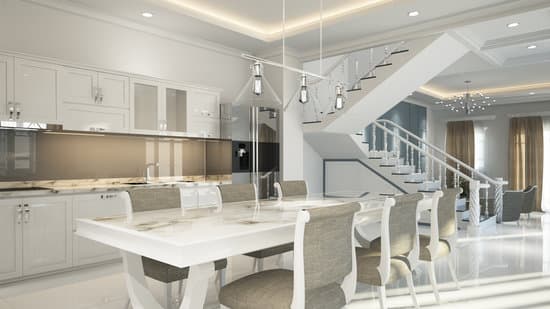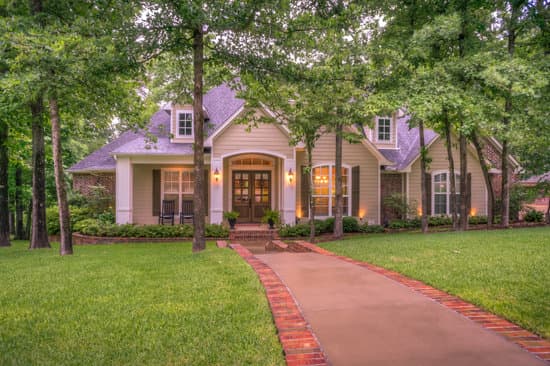Yes, purple is a Victorian color. During the Victorian period, purple was adored by many and was commonly used in clothing, decor, and even art. Here are some reasons why purple was so popular during this era:
Symbolic of Royalty: Purple was often associated with nobility and luxury, and it was considered a symbol of royalty. Queen Victoria herself was often seen wearing shades of purple, which helped popularize the color even further.
Availability: With advancements in technology, creating purple dye became easier and more affordable during the Victorian era. This meant that more people could access and enjoy the color in their clothing and home decor.
Versatility: Purple came in a range of shades, from soft lavender to deep violet. This meant that the color could be used for a variety of occasions and purposes, from daytime dresses to formal evening wear.
Aesthetically Pleasing: Simply put, purple is a beautiful color! It’s no wonder that it was so popular during the Victorian era, when people were drawn to elaborate, ornate styles and designs.
Overall, purple played a prominent role in Victorian fashion and design. Its association with royalty, availability, versatility and beauty made it a perfect color choice for the era.





